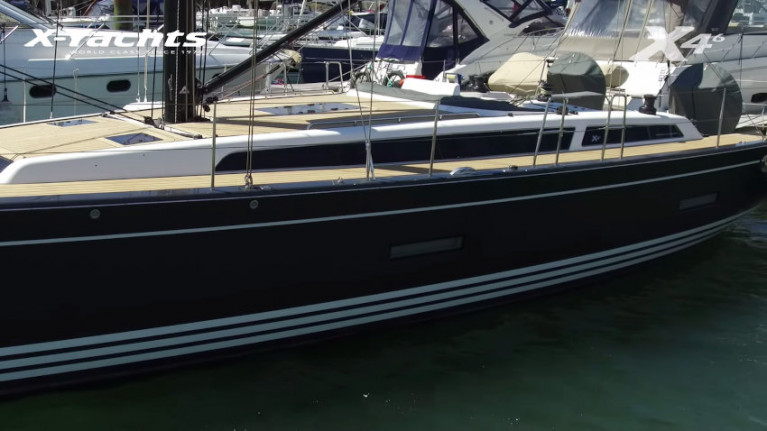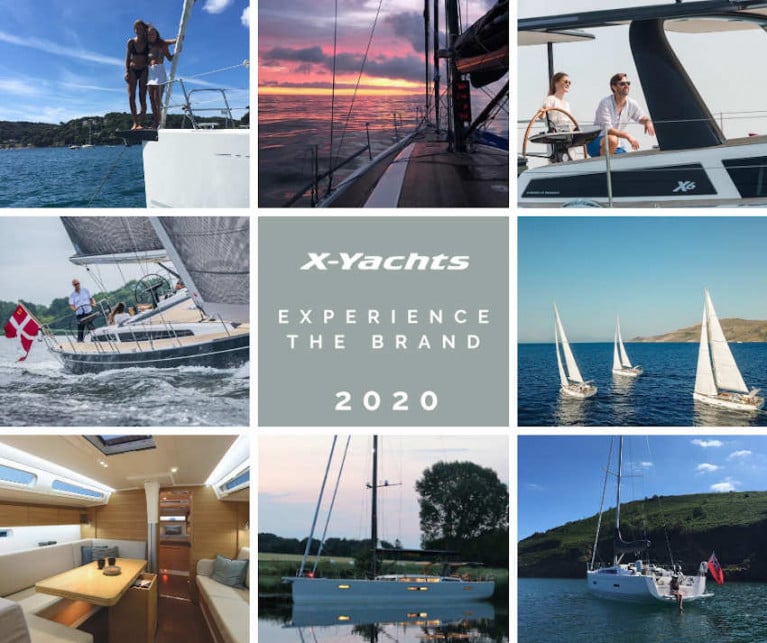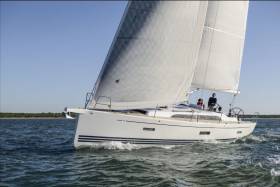Displaying items by tag: Hamble Point Marina
X-Yachts Showcases Latest Arrivals In Hamble For ‘Experience The Brand’ Days
X-Yachts has released a new video which showcases the yachts on display in Hamble from today, Friday 11 September.
The Danish builder is taking a relaxed, and safer, approach for prospective buyers to ‘Experience the Brand’ at its Hamble Point Marina base until 20 September, and again in October.
The X4⁹, X4⁰ and Xc 35 are among the newest arrivals, and private or guided viewings can be arranged following all necessary precautions.
X-Yachts Invites You To ’Experience The Brand’ In Hamble
With large international boat shows either cancelled or postponed this season, X-Yachts GB & IRL istaking a relaxed, and safer, approach for you to ‘Experience the Brand’.
A selection of new and pre-owned X-Yachts will be available to explore in safety and comfort at the company’s base in Hamble Point Marina, Southampton.
You can choose to view privately, or with our guidance where we can showcase the features, on dates available from 28-30 August, 11-20 September and 9-11 October.
RSVP by the previous links for your appointment to view, and for more details contact Debbie Weldon of X-Yachts GB & IRL at +44 23 8045 3377 or [email protected]
Five Days Remain In X-Yachts’ ‘Open October’ At Hamble
There are now only five more days in which to visit X-Yachts GB & IRL at Hamble Point Marina in Southampton to view the Danish builder’s new Xcruising, Xperformance and the latest Pure X lines, along with a selection of pre-owned X-Yachts.
Test sailing is also available during selected days on a demonstration model of the new X4⁰, the latest addition to the Pure X range which recently made its UK debut at the Southampton International Boat Show and has been nominated for European Yacht of the Year in the Performance Cruiser category.
Contact Stuart Abernethy for further information and to arrange your visit.
X-Yachts Hosting ‘Open October’ In Hamble
Visit X-Yachts GB & IRL at Hamble Point Marina in Southampton any day during October to view the Danish builder’s new Xcruising, Xperformance and the latest Pure X lines, along with a selection of pre-owned X-Yachts.
Test sailing is also available during selected days on a demonstration model of the new X4⁰, the latest addition to the Pure X range which recently made its UK debut at the Southampton International Boat Show and has been nominated for European Yacht of the Year in the Performance Cruiser category.
Contact Stuart Abernethy for further information and to arrange your visit.



























































